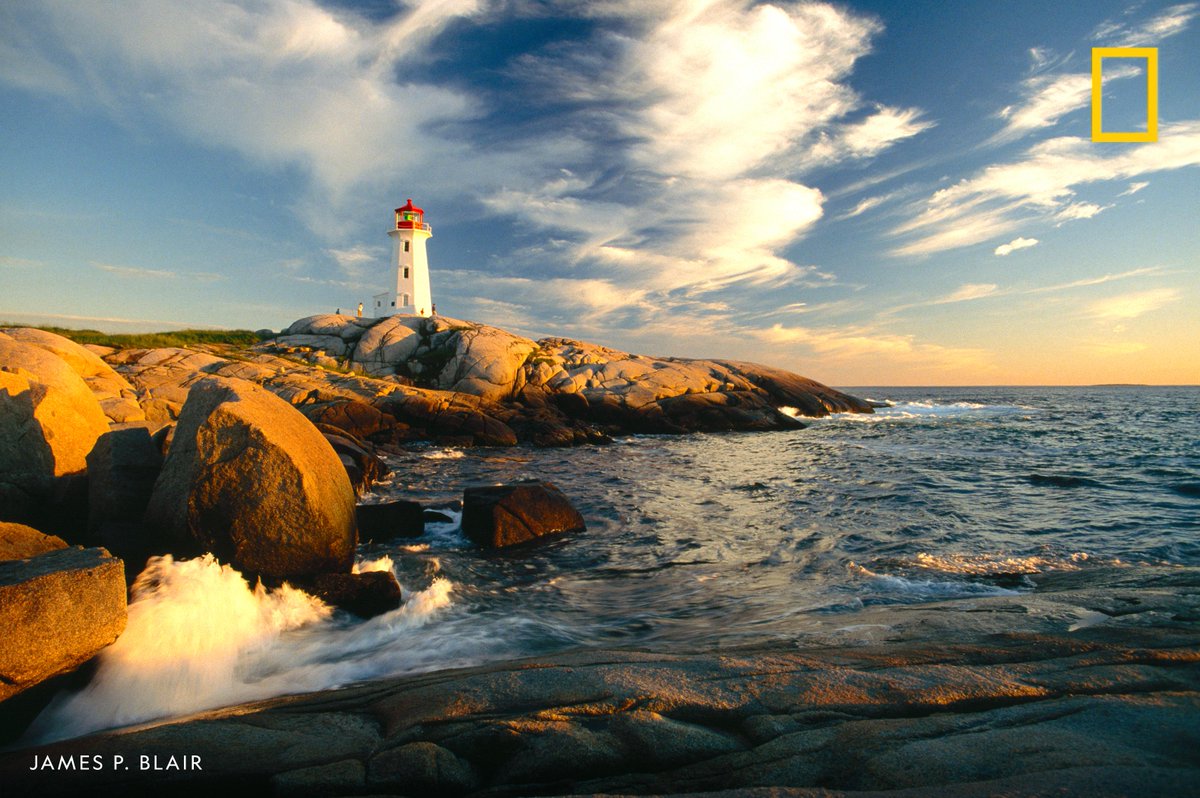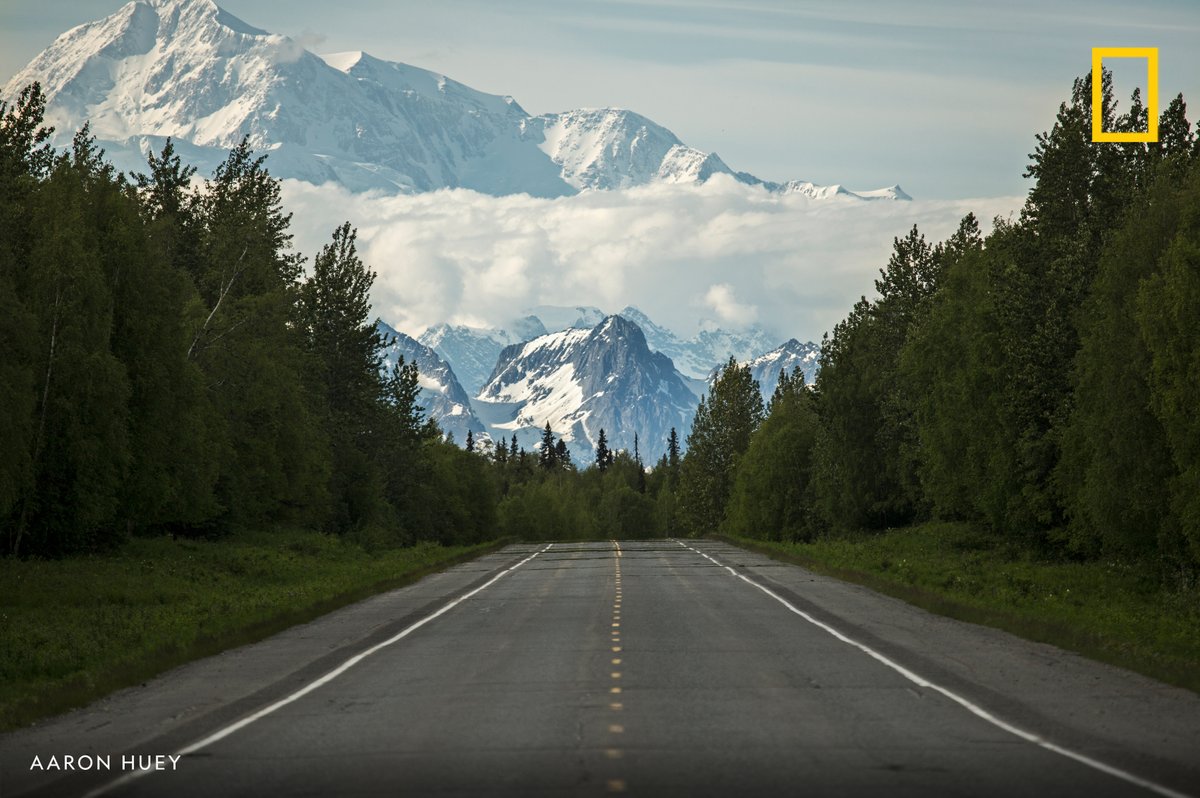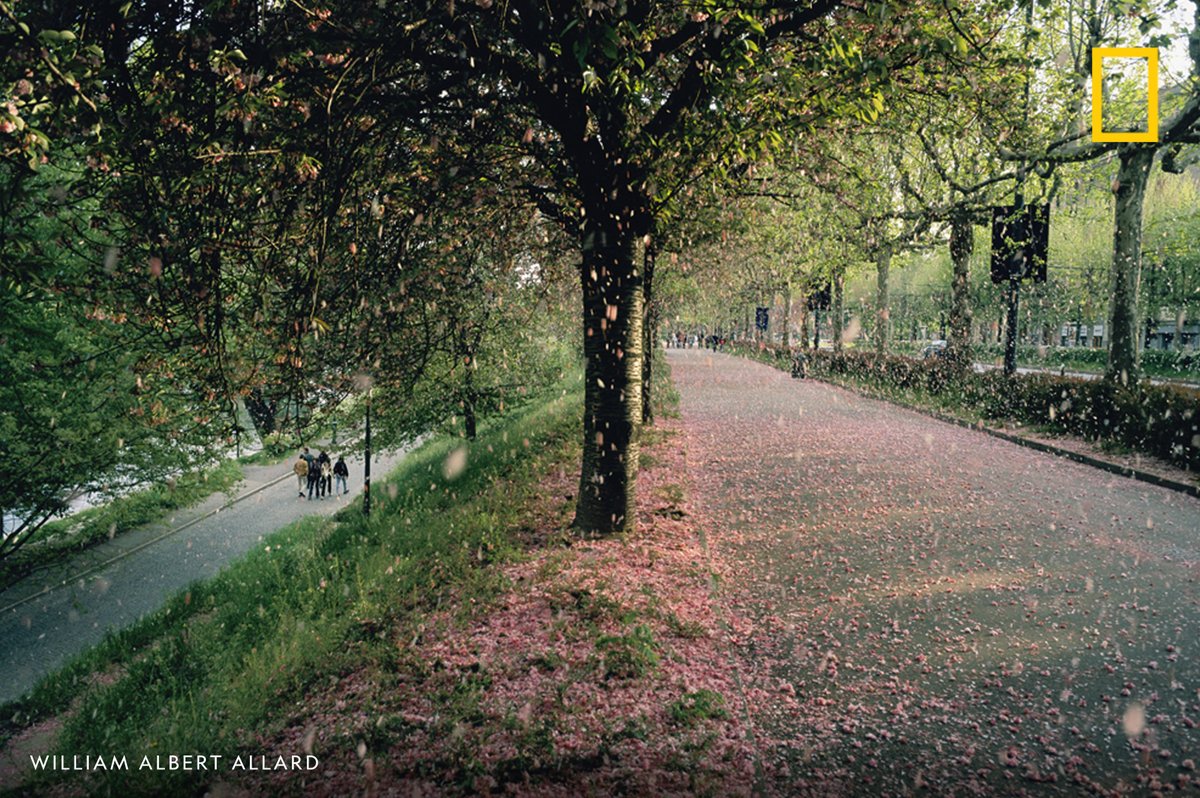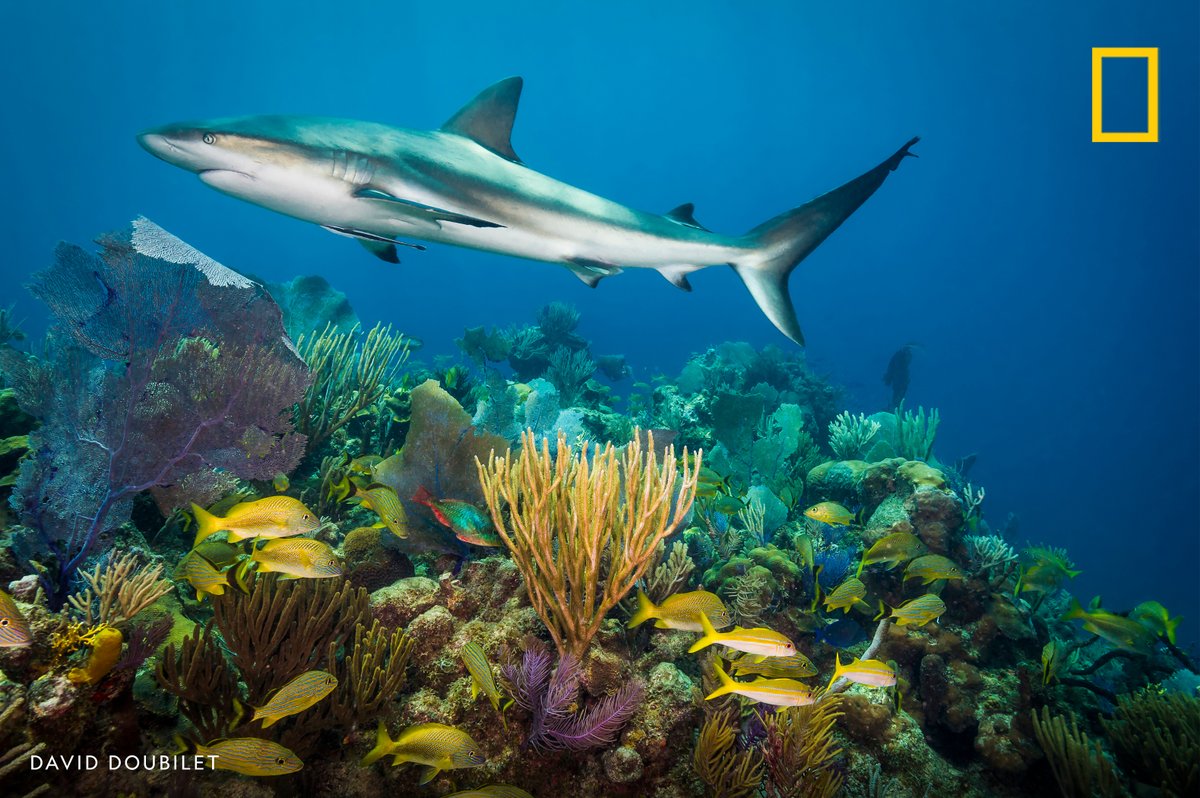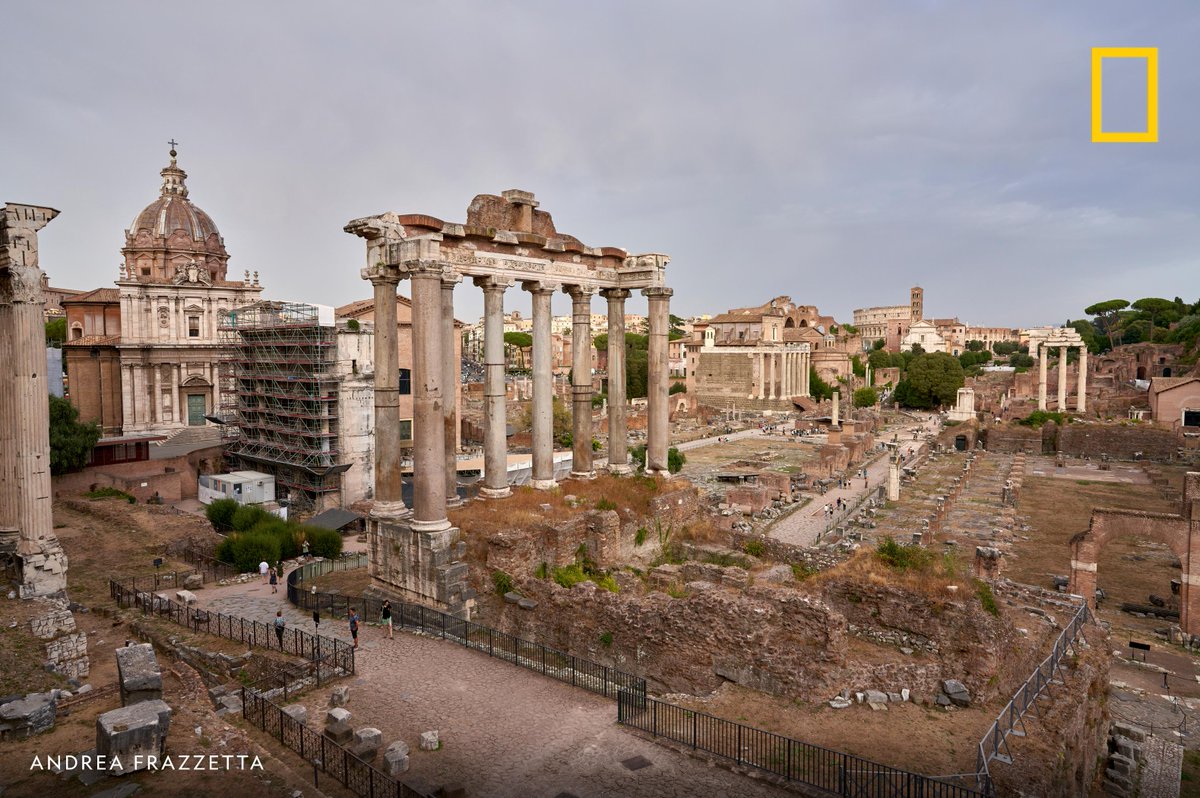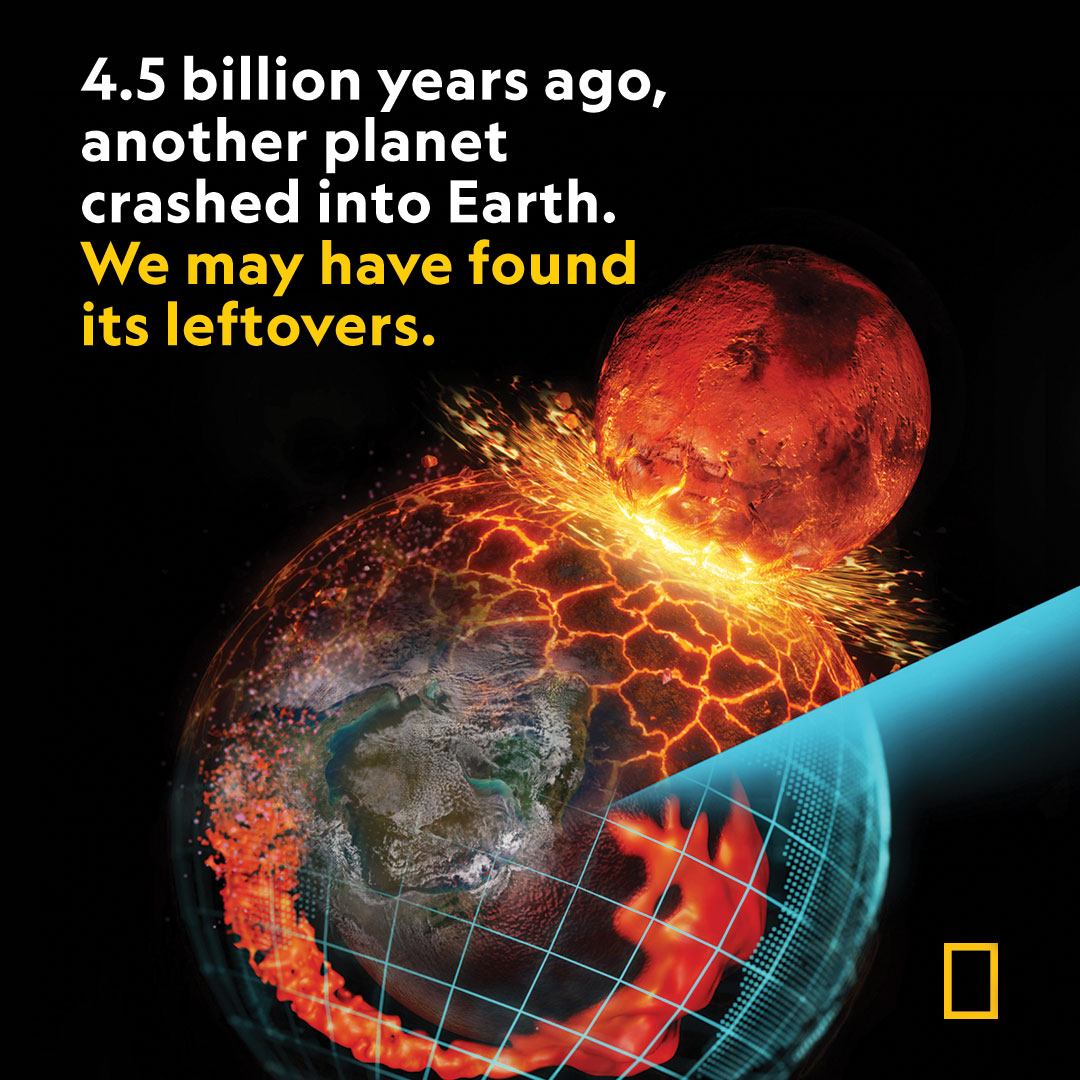
National Geographic Magazine
@NatGeoMag
Welcome to National Geographic Magazine, where on-the-ground reporting combined with award-winning photography informs our community about our planet.
ID:34305774
http://ngm.com 22-04-2009 15:43:35
29,1K Tweets
795,4K Followers
727 Following
Follow People










With over 2 million submissions from 165 photographers from all over the world, here are some of the best photos of 2023. #NatGeoPOY23 on.natgeo.com/40GY5oa
















